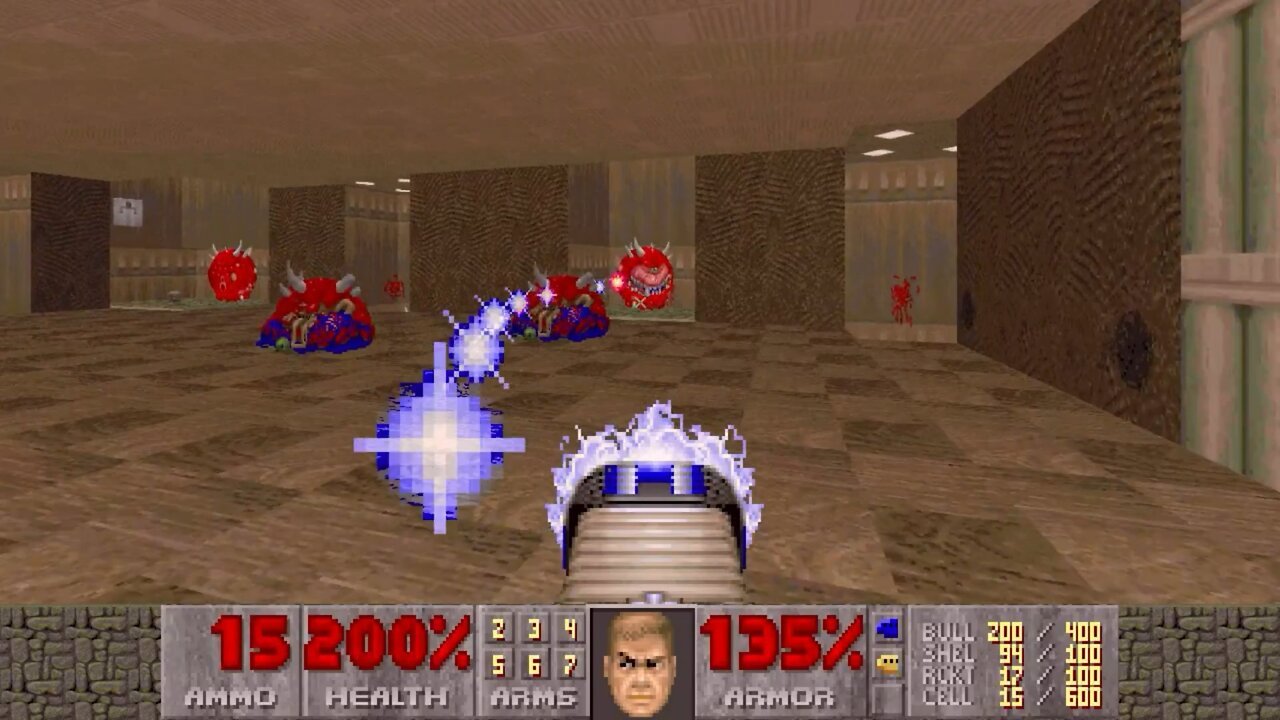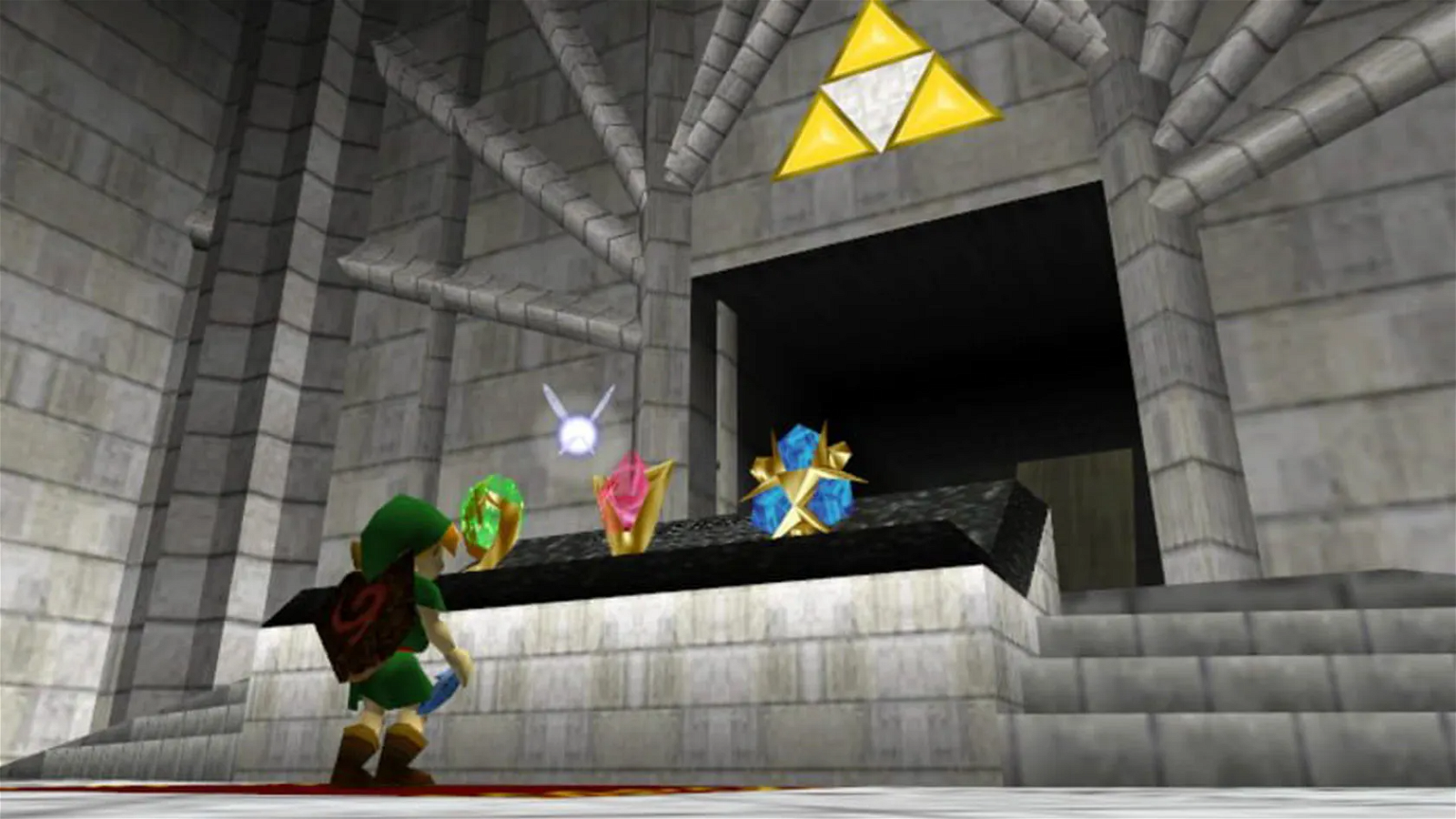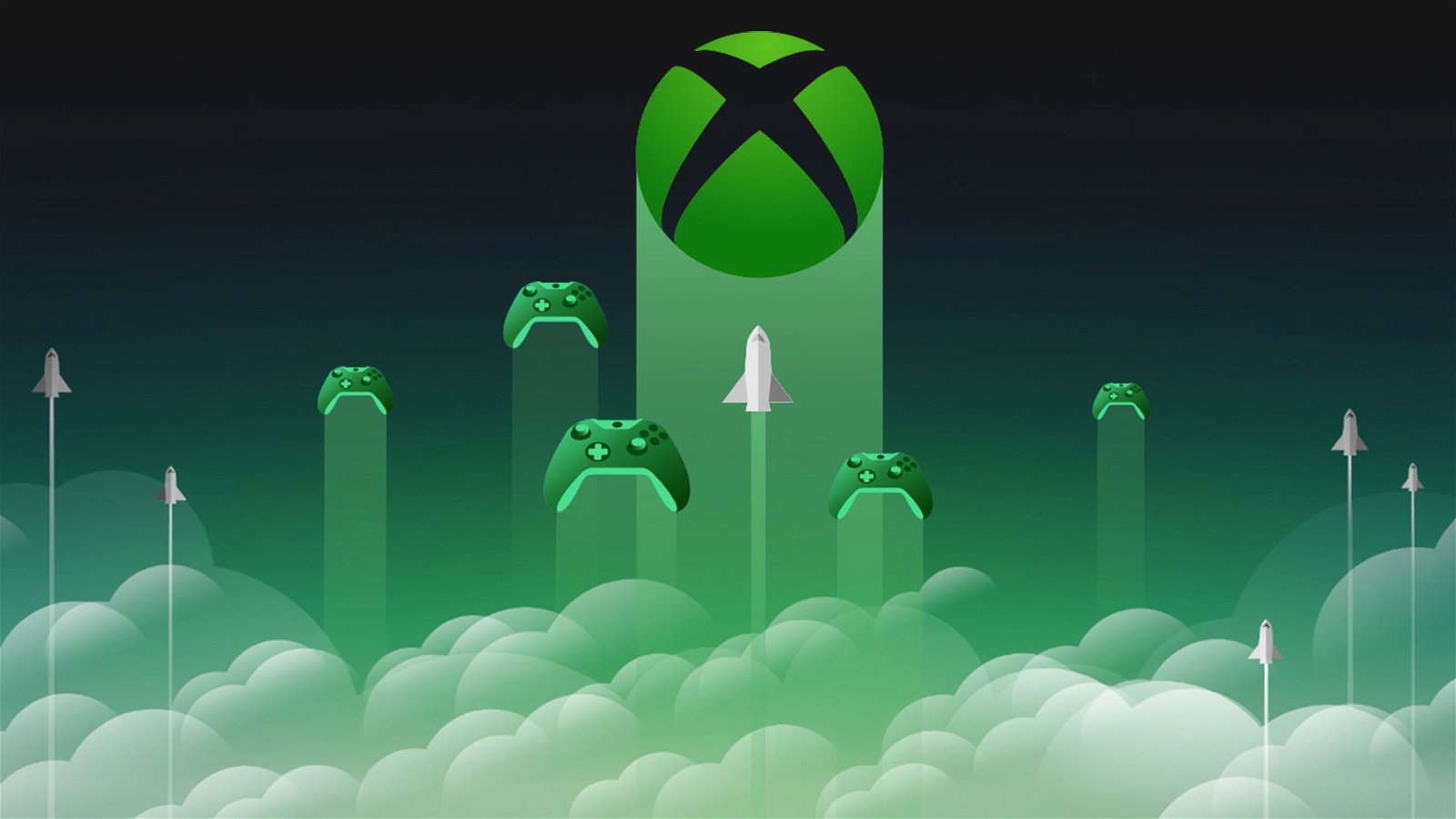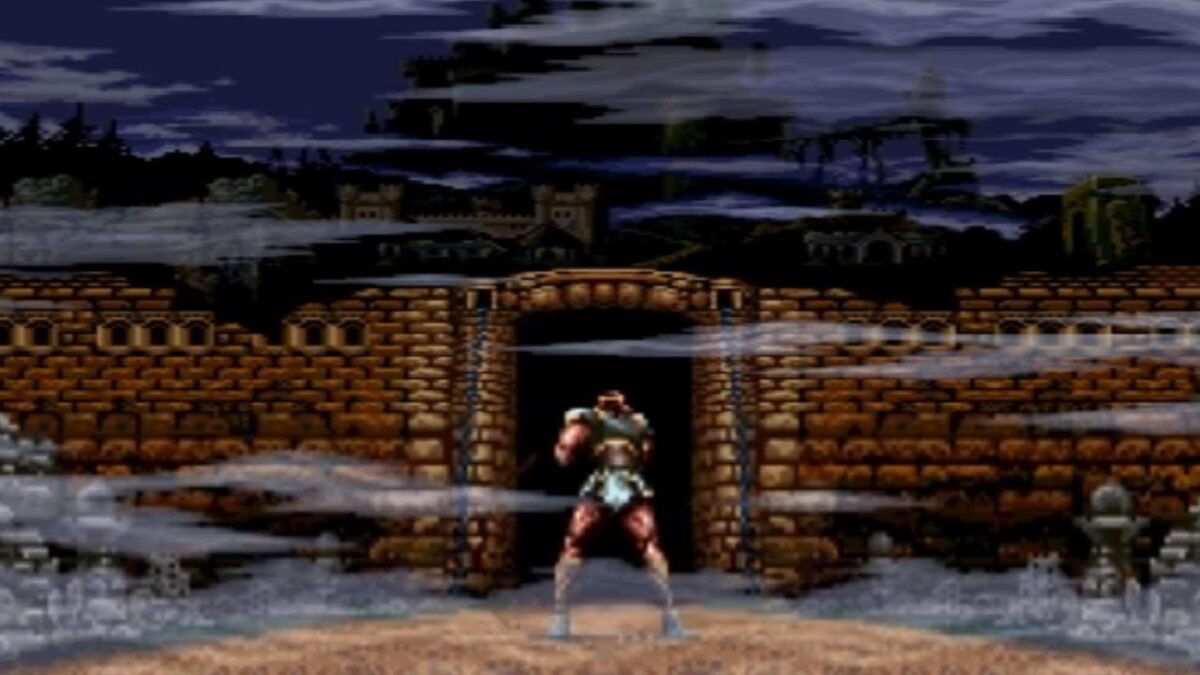Welcome, dear readers, to a nostalgic yet futuristic ride through the ever-evolving landscape of digital gaming graphics.
Much like flipping through an old photo album or reading online Canadian casino reviews, this journey is about seeing the progression of art and technology as they intertwine to create more immersive and realistic experiences.
Let’s gear up as we traverse the pixels and polygons to witness how the gaming world transformed from a two-dimensional playground to an almost tangible reality.
The Genesis of Video Game Graphics
The 2D Era
In the infancy of the gaming industry, around the 1950s to 70s, graphics were not just simple but symbolic. Early games like Pong and Space Invaders operated within a limited canvas, utilizing basic pixel art to create the gaming environment. It was a time of creativity within constraints, where a few pixels could represent an entire character, eliciting joy and excitement from players worldwide.

Sprites, or two-dimensional bitmap graphics, were the backbone of this era. These small visual elements painted a world of imagination, where heroes and villains came to life through vibrant sprites dancing on the screens. Backgrounds were equally significant, setting the stage for the epic battles between pixels.
As technology progressed, we waved goodbye to flat representations as games steadily steered towards the third dimension, laying a robust foundation for what was yet to come.
Early 3D Graphics
Fast forward to the early ’90s, a revolutionary period that saw the birth of 3D polygons in gaming. Titles like Star Fox and Doom emerged as pioneers, providing a groundbreaking three-dimensional perspective and introducing gamers to a depth previously unexplored.

This era set a benchmark, showcasing that games could be more than flat images moving across the screen. The worlds became richer, levels more intricate, and storylines more immersive, setting a new standard for what games could achieve visually.
The Rise of Realism in Game Graphics
Transition to True 3D Environments
As we stepped into the late ’90s, the gaming industry took a giant leap with the introduction of true 3D environments.
Sony’s PlayStation and Nintendo 64 led the charge, giving birth to iconic titles such as Super Mario 64 and The Legend of Zelda: Ocarina of Time. These games brought a dynamic shift, offering a 360-degree exploration landscape, rich with details and depth, a canvas where every nook and cranny held a secret waiting to be unearthed.

This was the golden age of experimentation, where developers dipped their toes in realistic water physics, dynamic lighting, and complex environments, etching closer to the lifelike graphics we are accustomed to today.
High Definition Era
Entering the new millennium, the industry reached a new milestone with the advent of high-definition (HD) gaming. The visuals were about portraying a scenario and doing it with a finesse that rivaled real-life imagery.

Developers had a broader palette, with consoles like the PlayStation 3 and Xbox 360 offering unprecedented processing power. Games such as Skyrim and Red Dead Redemption mesmerized players with their intricate details, vast open worlds, and the sheer beauty of their graphic representation.
The Age of Photorealism
Advanced Rendering Techniques
In recent years, technology has reached a point where game graphics can be likened to a piece of art, showcasing photorealistic visuals that blur the lines between reality and the virtual world. Advanced rendering techniques such as ray tracing facilitate realistic lighting, shadows, and reflections, providing a level of immersion that was previously the stuff of dreams.
The role of AI has been pivotal, helping in procedural generation, where vast and detailed worlds can be created with fewer manual inputs, focusing on realism and subtleties that make the gaming environment almost indistinguishable from the real world.
Impact on Game Design
This evolution in graphics has not just been a visual feast but has deeply impacted game design and storytelling. Developers can craft narratives with deeper emotional connections, thanks to the lifelike representations of characters and environments.

Moreover, this era has witnessed a surge of VR and AR experiences, allowing for more immersive interaction with the gaming world. Players can now step into intricately designed universes, becoming a part of stories rather than just spectators.
The Current Landscape
Mobile Gaming Graphics
As we stand today, the graphics revolution has not been confined to PCs and consoles. Mobile gaming has seen a gargantuan rise, with games boasting graphics that would have been unthinkable a few years back.
The gap between mobile and console gaming graphics has narrowed significantly, promising a future where high-end graphics will be the norm, not the exception, in the mobile gaming sphere.
Cloud Gaming and Streaming

Recent years have also seen a surge in cloud gaming and streaming platforms, democratizing access to high-quality graphics. These platforms have allowed players with limited hardware resources to experience graphics-intensive games seamlessly, promising a more inclusive future for the gaming community worldwide.
Conclusion
As we reach the end of our graphical odyssey, it is clear that the evolution of game graphics is a tale of relentless innovation and creativity. From humble beginnings with pixels and sprites to the photorealistic marvels of today, the journey has been nothing short of magical.
Looking ahead, the canvas is vast, and the potential is endless. The gaming world stands at the cusp of yet another revolution, with technologies like mixed reality and AI-driven graphics poised to redefine what is possible.
As we eagerly wait for what the future holds, one thing is for sure: the world of gaming will continue to be a pulsating hub of innovation, constantly pushing the boundaries of what is possible in the artistic and technological realms.




